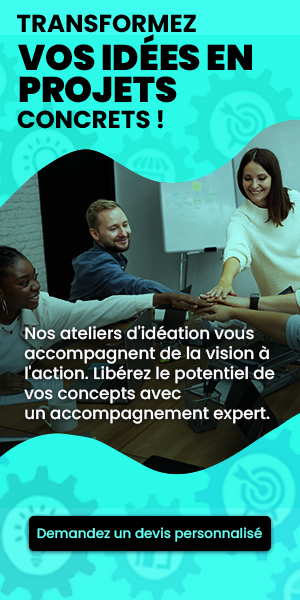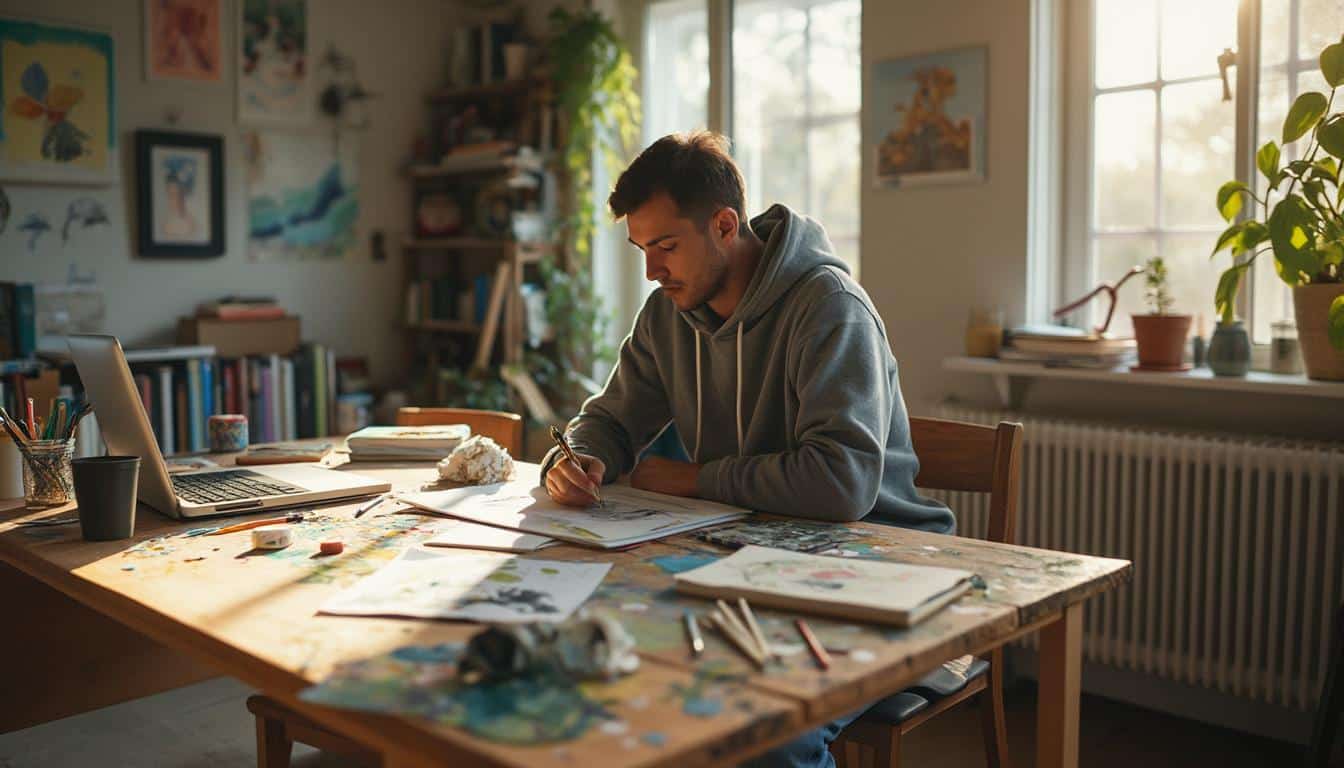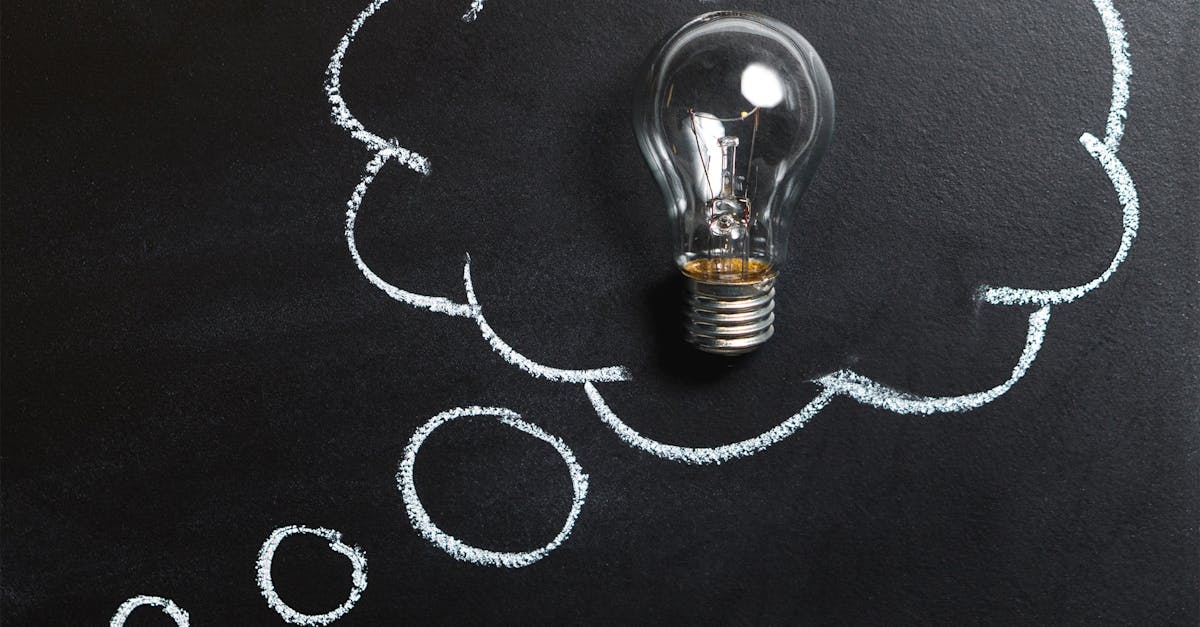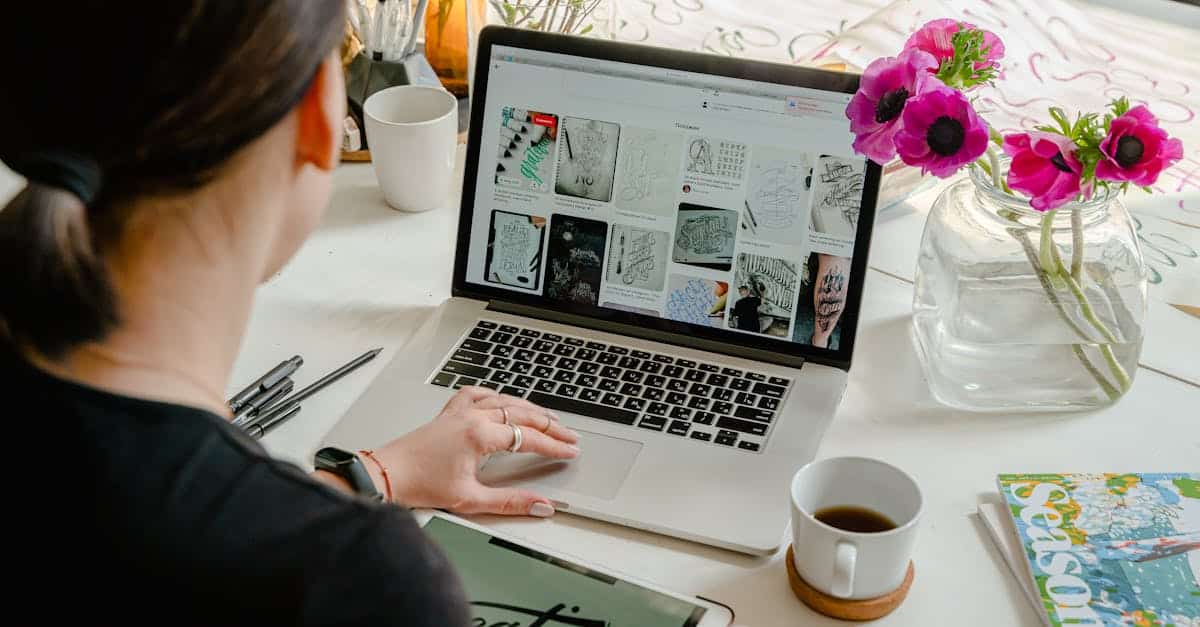Who has never felt the need to spark innovative ideas, whether for a professional or personal project? Creativity can sometimes hit invisible walls, but there are ideation techniques to overcome these obstacles and unlock your potential. Stimulating your creativity is a bit like giving a jolt to your mind, pushing the boundaries of conventional thinking and exploring uncharted paths.
This article offers you a journey through various practical and inspiring methods to get your ideas flowing. Whether it involves classic brainstorming techniques, more visual approaches like mind mapping, or modern tools derived from design thinking, each method is a valuable ally in your quest for originality. Together, we will discover how to create an environment conducive to the emergence of ideas and how to transform these sparks of creativity into concrete projects, fostering exchange and collaboration. Prepare to awaken your imagination and see the world from a completely renewed perspective!
🔥 Nous recommandons Ideamap
Ideamap est l’outil idéal pour un brainstorming ou un projet collaboratif. Grâce son interface facile et à ses fonctions IA, Ideamap booste votre créativité tout en favorisant une meilleure organisation de vos idées pour atteindre vos objectifs.

Creativity is an essential engine of innovation, and the ideation techniques are the keys to it. Whether you are a writer, a designer, or an entrepreneur, the ability to generate original ideas is fundamental to pushing the boundaries of conventional thinking. In this article, we will explore several proven methods that can enhance your creative process.
Create an Inspiring Environment
Before diving into ideation techniques, it is crucial to prepare the ground. The environment you find yourself in plays a leading role in your creativity. Here are some practical strategies:
- Eliminate distractions: A workspace free of noise and clutter allows you to focus on your ideas without interruption.
- Get inspired by your environment: Use visual elements such as artworks, photos, or objects that inspire you.
- Change the scenery: Working in a café, a library, or even a park can bring a new perspective to your thinking.
These small adjustments can trigger innovative ideas and encourage reflection. By creating a setting favorable to the emergence of ideas, you maximize your chances of discovering original solutions.
Adapted Brainstorming Techniques
Brainstorming is a well-known method, but often misused. Here are some less common variations that can enrich your practice:
- Brainwriting: Instead of speaking, ask each participant to write their ideas on paper. After a few minutes, pass the sheets to others for them to complete or enhance. This process encourages creativity without the pressure of speaking.
- Mind Mapping: Use mind maps to visualize your thoughts. Start with a central concept and develop related ideas in the form of branches. This fosters unexpected connections between seemingly disparate thoughts.
- Reverse brainstorming: Instead of thinking of solutions, ask your team how to create the problem. This approach can often reveal blind spots you hadn’t considered.
In each of these cases, the collective mind is called upon to stimulate innovation. By emphasizing collaboration, you multiply perspectives and experiences, which greatly enriches the creative process.
Design Thinking Techniques
Design Thinking is a method that promotes empathy and experimentation. It relies on several key stages that can transform how you bring your ideas to life:
- Empathize: Understand the needs of end users through interviews, observations, and surveys. This approach helps you situate your ideas in a real context.
- Define: Formulate a clear problem statement. This gives direction to your creative efforts and differentiates your solutions from mundane alternatives.
- Ideation: This stage is where the magic happens. With all the information gathered, begin to generate ideas. Use all the techniques mentioned earlier to vary your approaches.
- Prototype: Quickly create simple versions of your ideas. Prototypes allow you to test concepts and gather feedback quickly without heavy investments.
- Test: Gather feedback on your prototypes and iterate based on the provided feedback. This fosters continuous improvement and flexibility in your projects.
Applying Design Thinking not only enhances creativity but also the relevance of ideas in relation to the real needs of users.
New Perspectives and Rare Angles
To go beyond traditional techniques, consider innovative perspectives to stimulate your creativity. For example:
- Observation of nature: Many innovations are inspired by biodiversity and natural systems. Take the time to observe how nature solves problems and integrate these ideas into your projects.
- The art of constraint: Set specific challenges or constraints for yourself and force yourself to find solutions within these limits. Paradoxically, this can stimulate creativity, as restrictions compel you to think outside the box.
- Role-playing: Consider projecting yourself into the shoes of different stakeholders or users. This method helps you understand various viewpoints and uncover suitable solutions.
These often-neglected original approaches can also enrich your ideation process and bring a breath of creativity to your work.
Embarking on an effective ideation process requires above all collective initiatives, a suitable environment, and the application of diverse methods. Remember that true creativity manifests when you are able to explore it from any angle and through varied techniques.
To obtain concrete ideas, it is essential to take action and apply the techniques you have discovered. To deepen your knowledge even further, feel free to explore more resources available on platforms like Convert ideas into concrete projects or Brainstorming techniques. Do not lose sight of the fact that your creativity is a muscle that needs training, and every ideation session can make you more skilled in the art of generating ideas.

"Culture 2.0, touche pas à ma créativité" : une exposition, dans l'Aveyron, pour lutter contre les dérives de l'intelligence artificiellehttps://t.co/r6neECJXqD
— franceinfo (@franceinfo) April 19, 2024
FAQ on Ideation Techniques and Creativity
What is ideation? Ideation is the process of generating ideas, essential for finding creative solutions to problems.
Why is it important to stimulate our creativity? Stimulating creativity allows for innovative solutions and standing out, whether in a personal or professional project.
What are the main ideation techniques? Sometimes methods like brainstorming, mind mapping, and design thinking are used to encourage the flow of ideas.
How does an effective brainstorming session unfold? A good brainstorming session should be a free space where everyone can share their ideas without judgment and where everyone’s ideas can enrich one another.
What tools can be used for ideation? There are various tools such as whiteboards, post-its, or dedicated software for managing ideas.
Should ideation sessions only be organized in teams? No, ideation can also be conducted individually. Everyone has their own way of thinking and creating.
What is the key to a successful ideation session? The key lies in an open and respectful environment, where creativity can express itself without inhibitions.
How to avoid creative blockage during sessions? It is advisable to change perspective, use varied techniques, and de-dramatize failure to encourage a better flow of ideas.
Can the success of an ideation session be measured? Yes, success can be measured by the number of ideas generated and their relevance to the set objectives.














